May 22 2020
If you’re anything like us, you can’t wait to get back out on the trail this summer. It was recently announced that after COVID-19 closures, most of the day-use trails and recreation areas in the Gifford Pinchot National Forest have reopened. As glad as that news makes us, the situation is far from back to normal. Here’s what you need to know before hiking in the Gifford Pinchot National Forest during the pandemic:
Check ahead of time to confirm that the area you plan to visit is open. You can find information on current trail openings and closures at the Gifford Pinchot National Forest’s website here.
Site facilities may still be closed. Just because the trailhead is open, does not necessarily mean the site’s facilities are. Vault bathrooms may be open, but the Forest Service will not be maintaining them as usual because employees don’t currently have the PPE to do so safely. There is no guarantee that open facilities are COVID free. Take precautions for your own safety and the safety of others. Plan (and pack) accordingly.
Avoid crowded areas. If you get to a trailhead and the parking lot is full, don’t hike there. Period. The trail will be too crowded to safely practice social distancing. Plus, if you park on the side of the road, you could be towed, and who wants to end a day in the woods trying to hitch a ride to an impound lot? Not us. Probably not you either. Have a plan B (maybe even a plan C) before you head out.
DO NOT visit stores in rural communities. Can’t stress this one enough: unless you’re a local resident, don’t stop into stores in rural communities. Plan ahead and bring everything you’ll need with you. Don’t risk exposing people in rural communities to the virus because you didn’t bring enough water or snacks.
Campgrounds are still closed, but dispersed camping is allowed. Campgrounds currently remain closed and the GPNF is working to open them with safety as the number one priority. If you choose to disperse camp, please take all of your trash home and dispose of human waste properly.
These are strange times, so be safe out there. If a hiker or other recreational user gets into trouble, response times will likely be longer since local emergency responders (many of whom are volunteers) are also under the Executive Order unless necessary or exempted. Emergency responders are also focusing on keeping their local communities safe. So remember, always pack the 10 essentials. Bring more food and water than you think you need. Bring basic first aid, supportive footwear, and rain-gear, no matter what the weather forecast says. Tell someone where you are going and when you will be back.
We’ll see you (from a safe distance) on the trail!

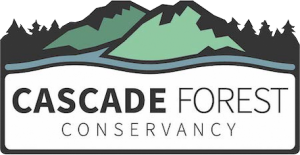
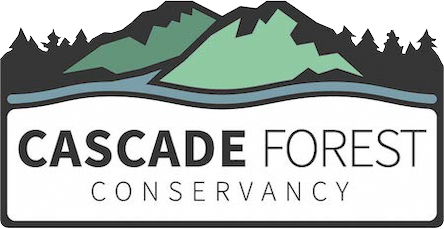
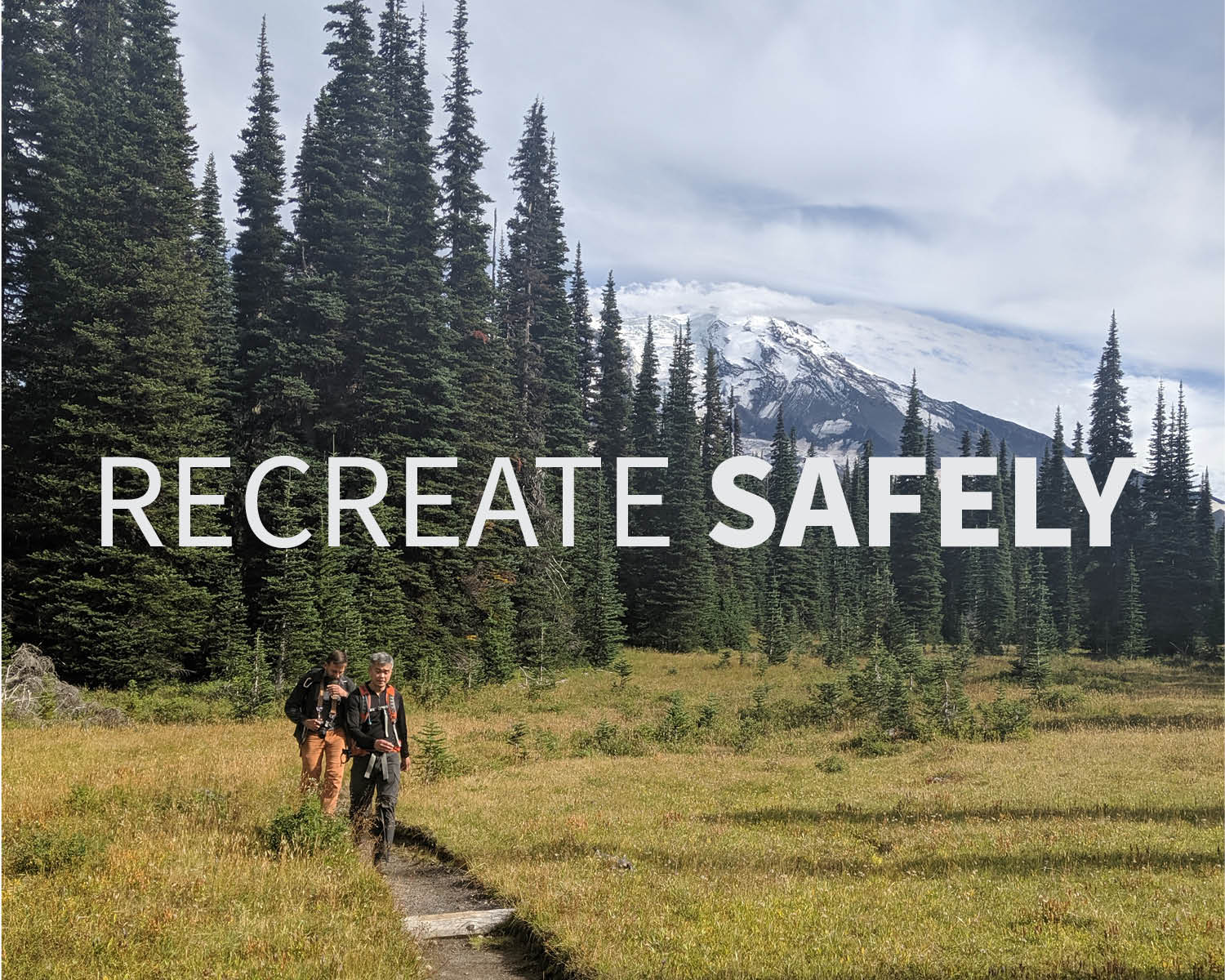
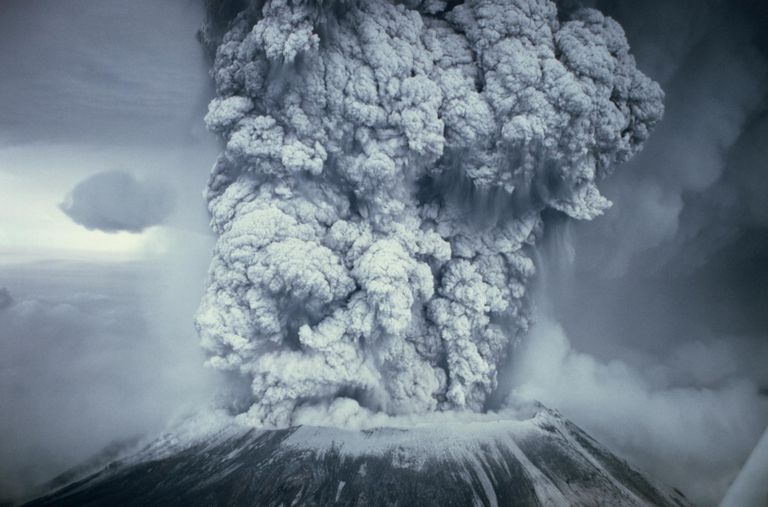
 I was born a few years after the eruption of Mount St. Helens. The two five-gallon buckets of fine gray ash stored in our garage were curiosities I mostly ignored as I explored the seemingly ageless mountains, streams, and forests of the Pacific Northwest. They were certainly interesting–not only because of the stories associated with them, but also because their weight seemed alien, as if the contents of the buckets was at once too light and too heavy. In my mind, the Pacific Northwest had always been a place defined by peace and stillness. But as that ash attested to, the Pacific Northwest is in fact a place of incredible power and violence, of death and rebirth, destruction and transformation.
I was born a few years after the eruption of Mount St. Helens. The two five-gallon buckets of fine gray ash stored in our garage were curiosities I mostly ignored as I explored the seemingly ageless mountains, streams, and forests of the Pacific Northwest. They were certainly interesting–not only because of the stories associated with them, but also because their weight seemed alien, as if the contents of the buckets was at once too light and too heavy. In my mind, the Pacific Northwest had always been a place defined by peace and stillness. But as that ash attested to, the Pacific Northwest is in fact a place of incredible power and violence, of death and rebirth, destruction and transformation.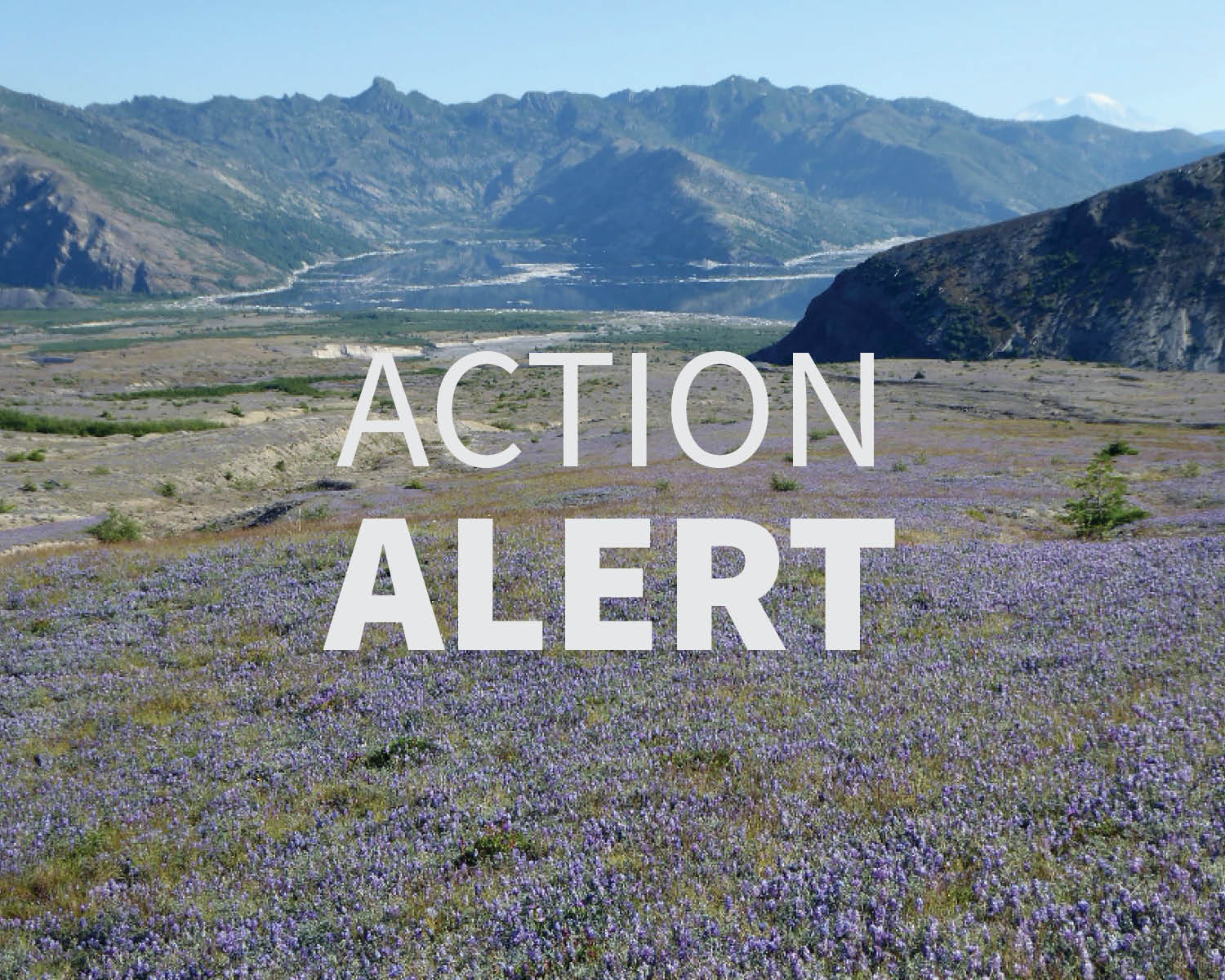
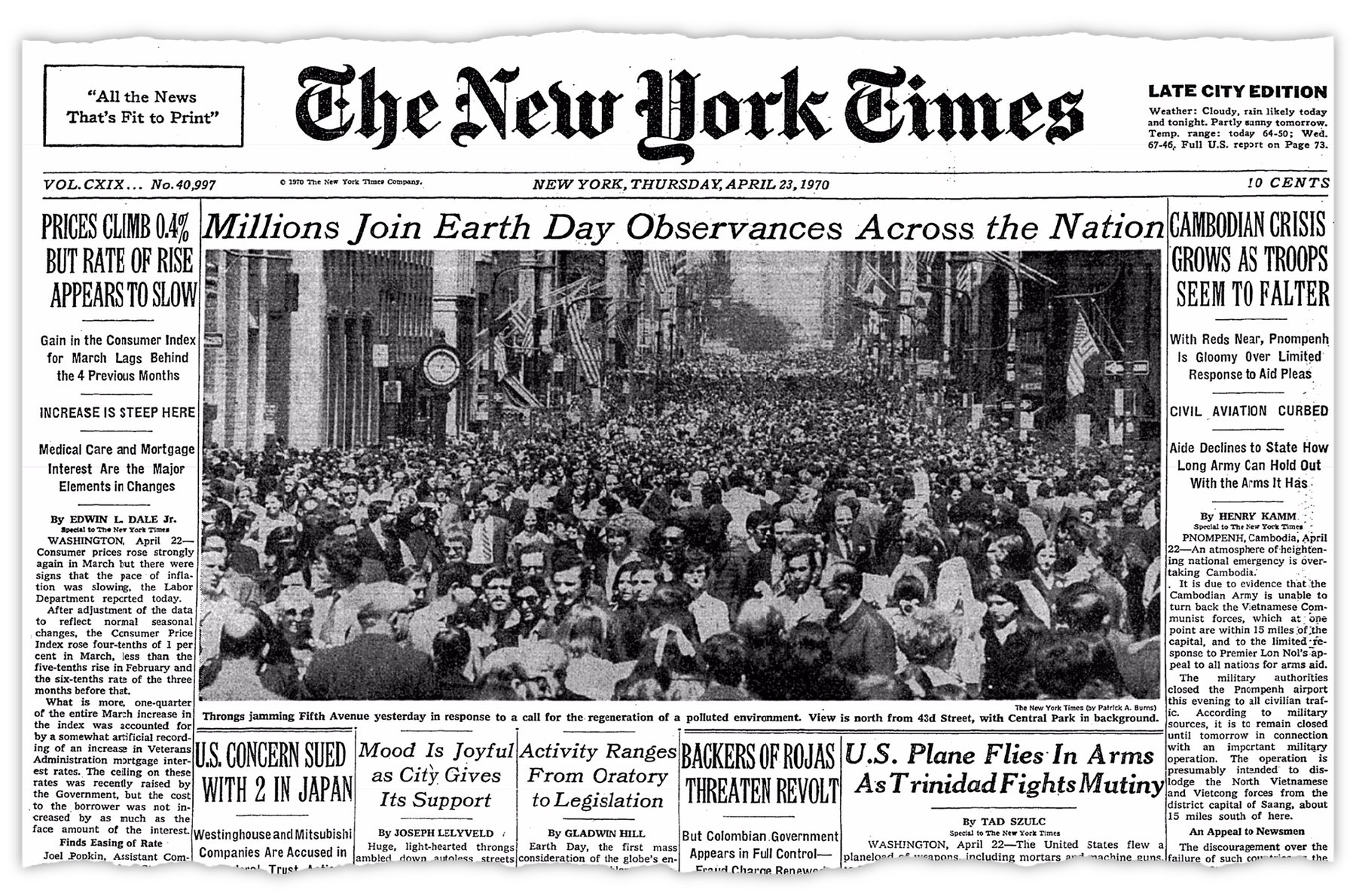


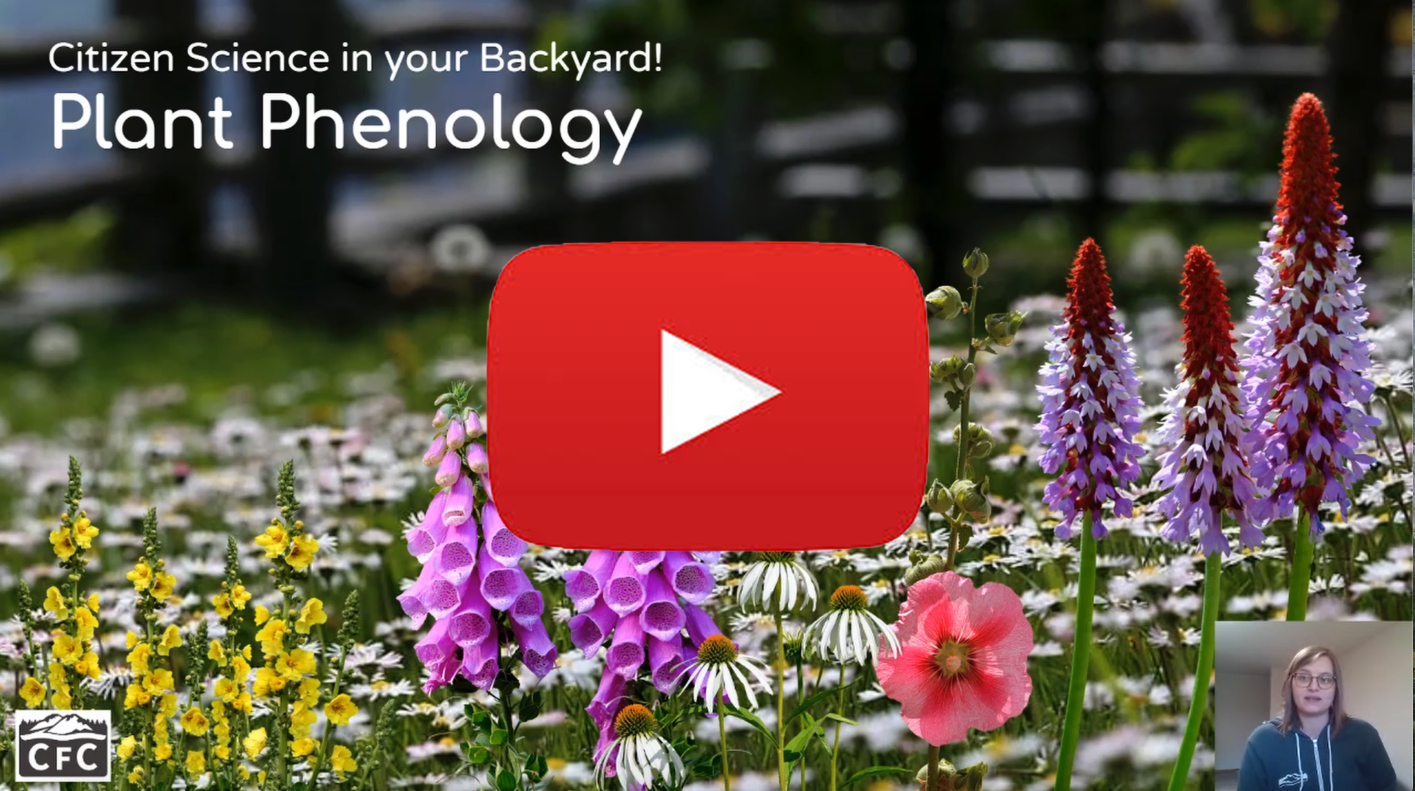
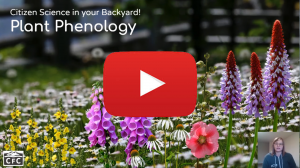
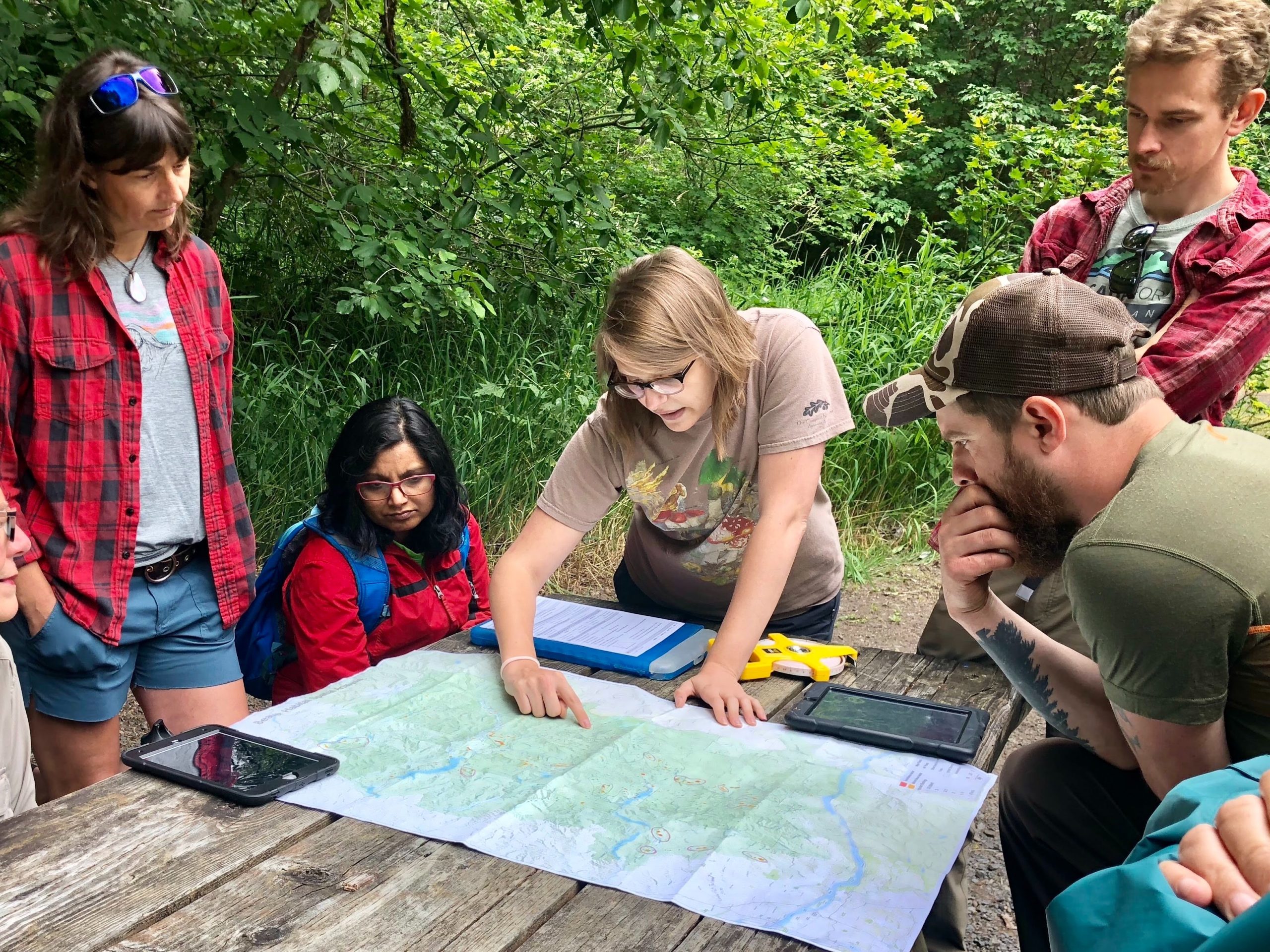

 By the 1990s, the use of ‘citizen science’ began to take off and there was an increase in the number of citizen projects, the variety of projects, and the size and scope of projects. Volunteers were being used across all fields and disciplines–making important contributions everywhere from astronomy to oceanography and everything in between. Today the number of citizen science participants have grown even more thanks to technological advancements. Advances like the internet and the creation of mobile smartphones have not only made information easier to obtain, but have created new ways for researchers to engage with large groups of people. For scientists who rely on data collected from the field, smartphones and their connectivity to the internet and their internal global positioning systems have greatly increased the ease of collecting data anywhere in the world. Volunteers are making huge contributions to our knowledge, whether gathering data from their own backyards or in the most remote places of the forest.
By the 1990s, the use of ‘citizen science’ began to take off and there was an increase in the number of citizen projects, the variety of projects, and the size and scope of projects. Volunteers were being used across all fields and disciplines–making important contributions everywhere from astronomy to oceanography and everything in between. Today the number of citizen science participants have grown even more thanks to technological advancements. Advances like the internet and the creation of mobile smartphones have not only made information easier to obtain, but have created new ways for researchers to engage with large groups of people. For scientists who rely on data collected from the field, smartphones and their connectivity to the internet and their internal global positioning systems have greatly increased the ease of collecting data anywhere in the world. Volunteers are making huge contributions to our knowledge, whether gathering data from their own backyards or in the most remote places of the forest. 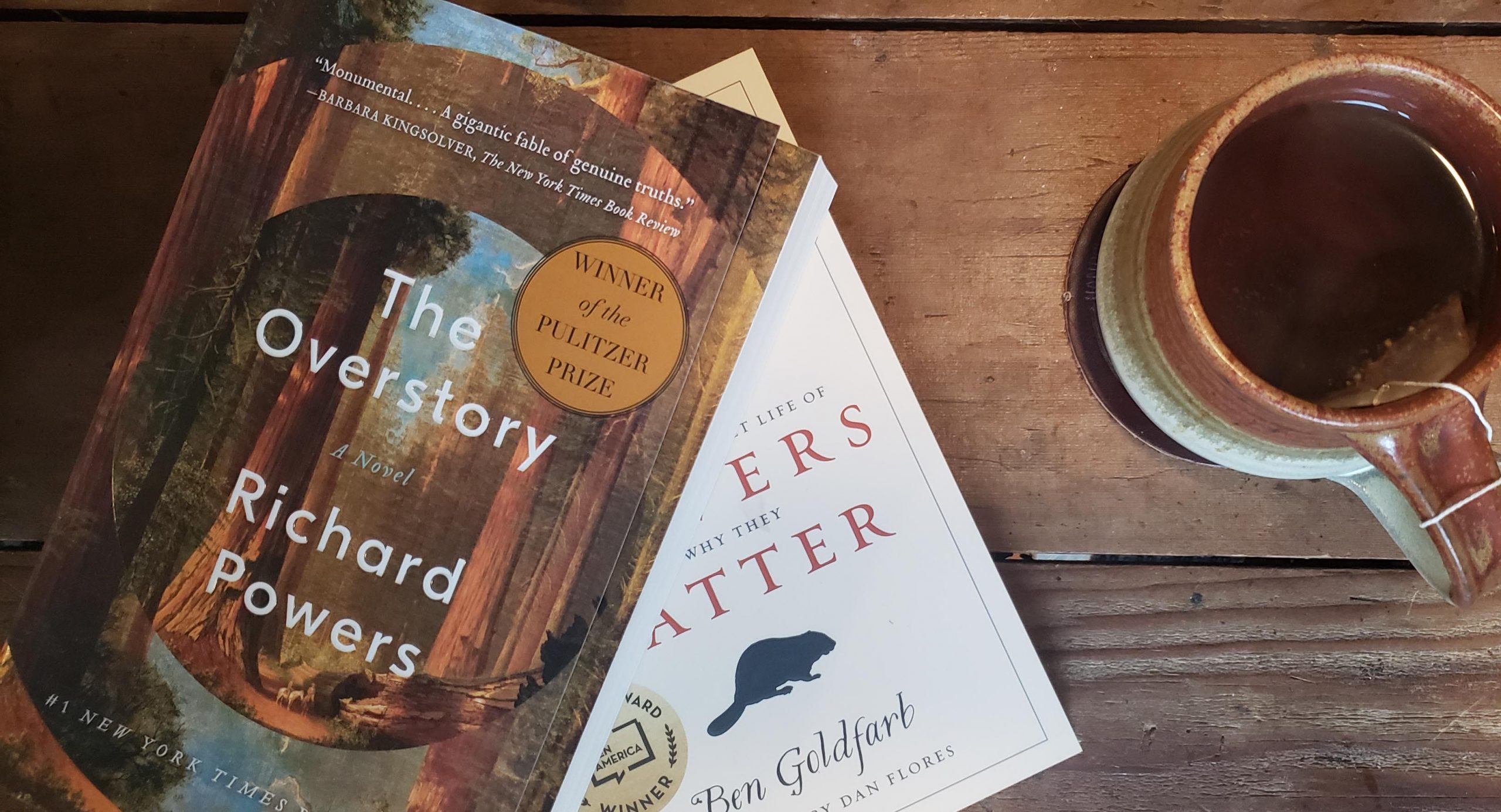
 Cod: A Biography of the Fish that Changed the World
Cod: A Biography of the Fish that Changed the World 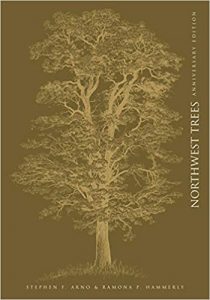
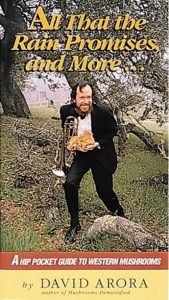 All That the Rain Promises and More…
All That the Rain Promises and More…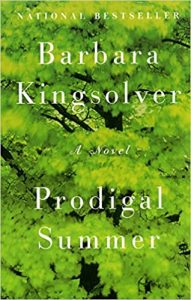
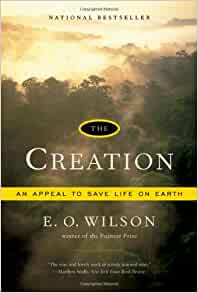
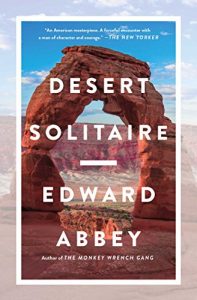 Desert Solitare
Desert Solitare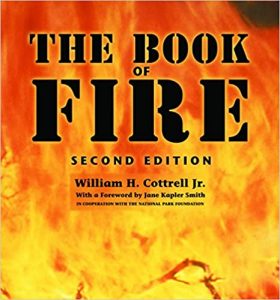 The Book of Fire
The Book of Fire Sea and Smoke: Flavors from the Untamed Pacific Northwest
Sea and Smoke: Flavors from the Untamed Pacific Northwest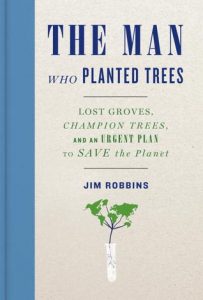 The Man Who Planted Trees
The Man Who Planted Trees
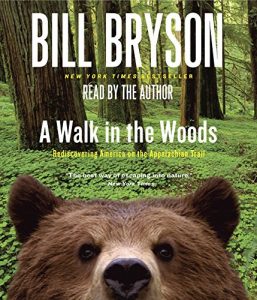 A Walk in the Woods
A Walk in the Woods The Lorax
The Lorax Indians of the Pacific Northwest: From the Coming of the White Man to the Present Day
Indians of the Pacific Northwest: From the Coming of the White Man to the Present Day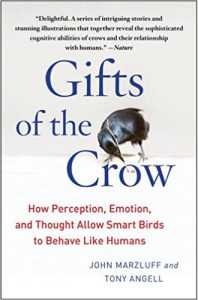 Gifts of the Crow: How Perception, Emotion, and Thought Allow Smart Birds to Behave like Humans
Gifts of the Crow: How Perception, Emotion, and Thought Allow Smart Birds to Behave like Humans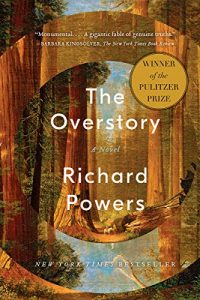 The Overstory: A Novel
The Overstory: A Novel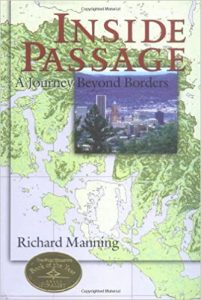 Inside Passage: A Journey Beyond Borders
Inside Passage: A Journey Beyond Borders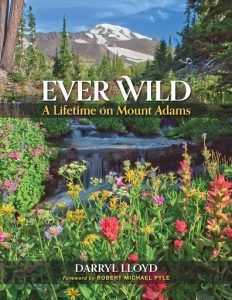 Ever Wild: A Lifetime on Mount Adams
Ever Wild: A Lifetime on Mount Adams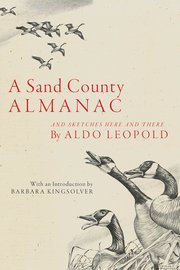 Sand County Almanac
Sand County Almanac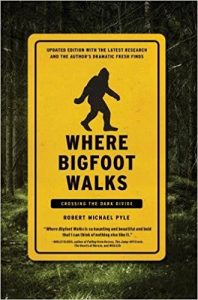 Where Bigfoot Walks: Crossing the Dark Divide
Where Bigfoot Walks: Crossing the Dark Divide The Big Burn: Teddy Roosevelt and the Fire that Saved America
The Big Burn: Teddy Roosevelt and the Fire that Saved America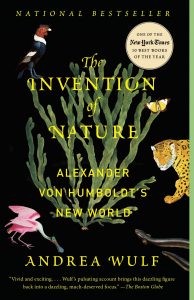 The Invention of Nature
The Invention of Nature 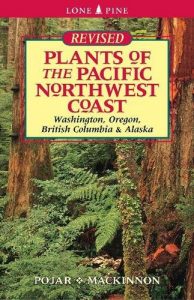 Plants of the Pacific Northwest Coast
Plants of the Pacific Northwest Coast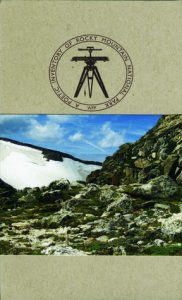 The Poetic Inventory of Rocky Mountain National Park
The Poetic Inventory of Rocky Mountain National Park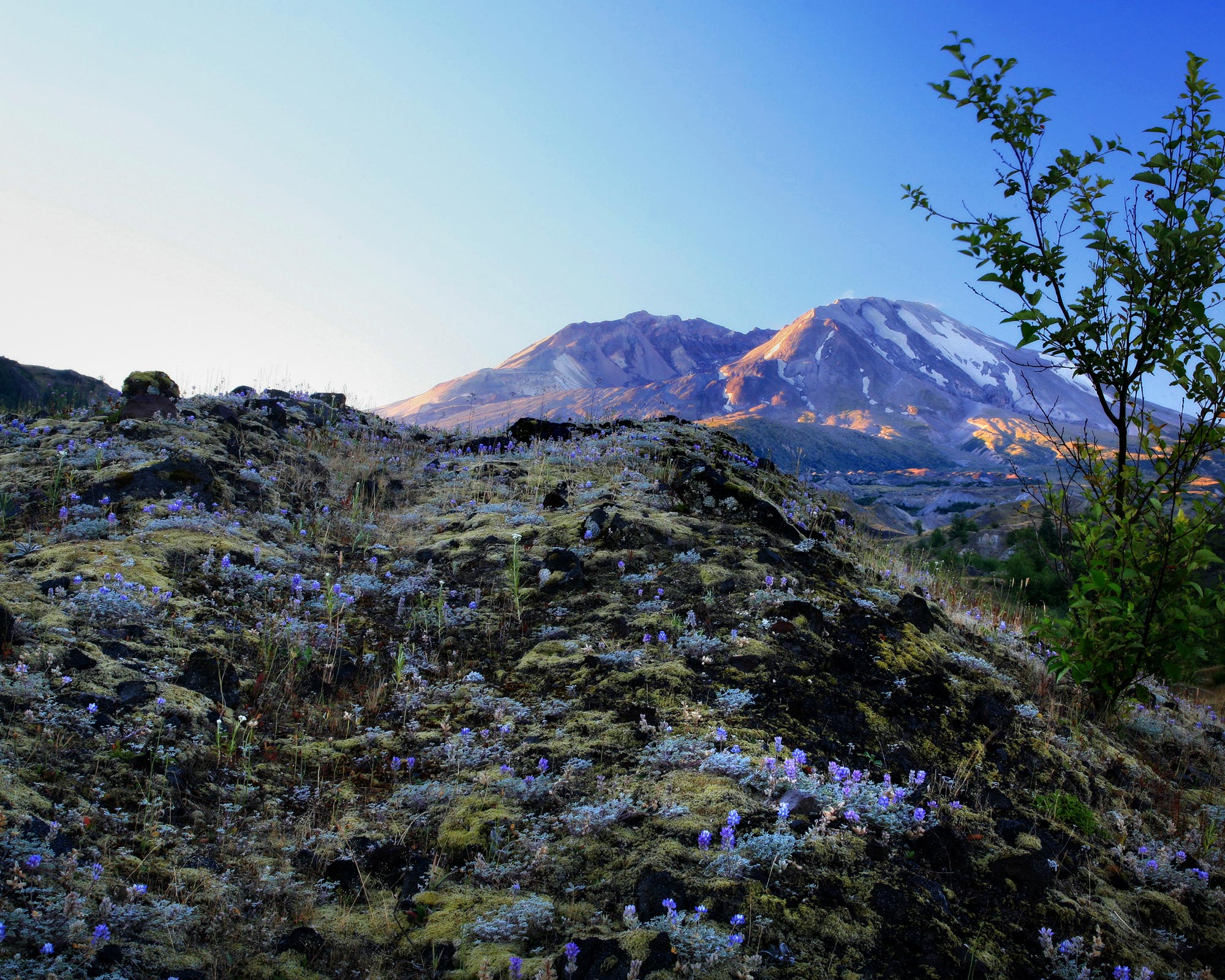
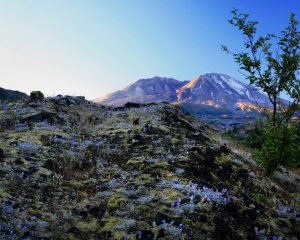 The US Forest Service has put forward plans to build a road through the heart of this irreplaceable landscape. The proposed road is a threat to the area’s streams, rivers, and lakes. If built, this road will pass over five permanent streams and 10 seasonal streams which together represent five separate watersheds, wholly created after the 1980 eruption. Pristine newborn watersheds like these do not exist anywhere else on earth. The proposed road would lead to soil erosion and deliver harmful sediment into streams and, subsequently, into Spirit Lake. Worse still, each stream-crossing would likely wash out every season, requiring excavation and rebuilding. All this sediment will force aquatic insects and fish to move downstream, negatively impact water quality, and damage stream and lakebed habitats.
The US Forest Service has put forward plans to build a road through the heart of this irreplaceable landscape. The proposed road is a threat to the area’s streams, rivers, and lakes. If built, this road will pass over five permanent streams and 10 seasonal streams which together represent five separate watersheds, wholly created after the 1980 eruption. Pristine newborn watersheds like these do not exist anywhere else on earth. The proposed road would lead to soil erosion and deliver harmful sediment into streams and, subsequently, into Spirit Lake. Worse still, each stream-crossing would likely wash out every season, requiring excavation and rebuilding. All this sediment will force aquatic insects and fish to move downstream, negatively impact water quality, and damage stream and lakebed habitats.